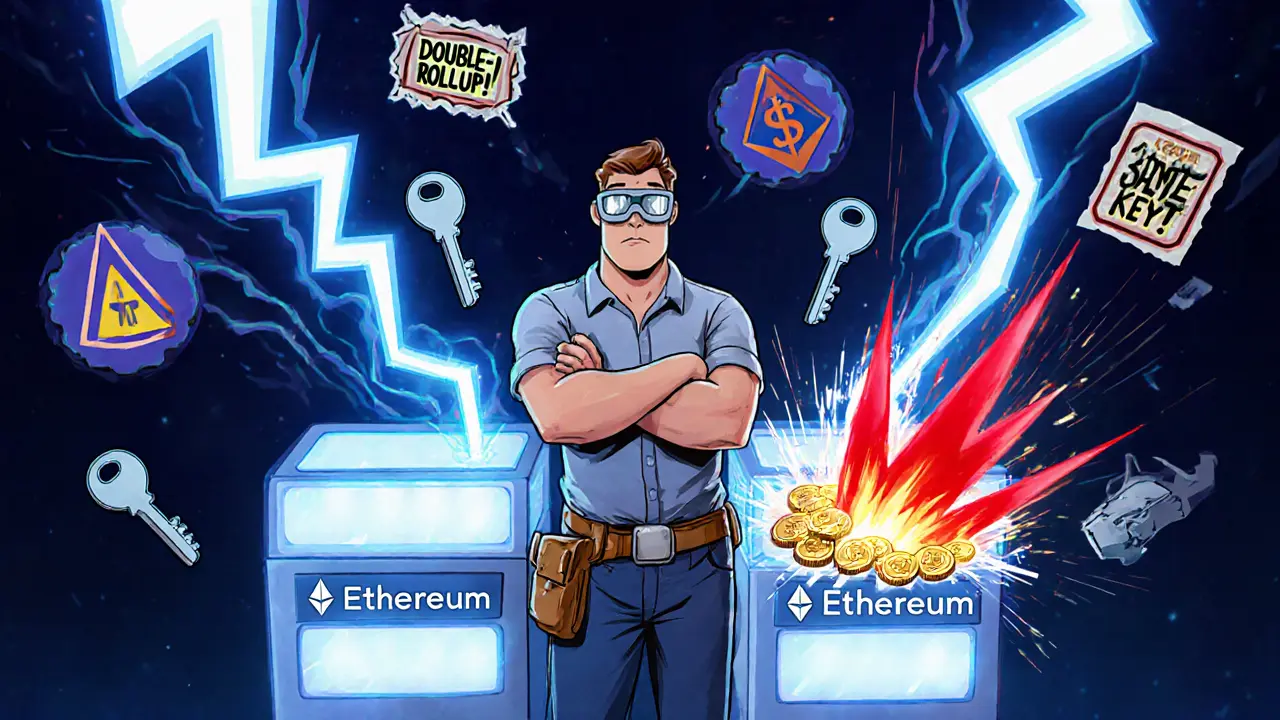Ethereum Staking: How It Works, Risks, and What You Can Earn
When you stake Ethereum, a blockchain that switched from mining to proof-of-stake in 2022. Also known as ETH staking, it lets you lock up your ETH to help validate transactions and earn rewards in return. This isn’t gambling. It’s work—your ETH becomes part of the network’s security system, and you get paid for it. Unlike mining, you don’t need expensive hardware. Just 32 ETH and a way to run a validator node, or less if you use a pool or exchange.
Proof of stake, the consensus method Ethereum now uses. Also known as PoS, it replaced energy-hungry mining with a system where validators are chosen based on how much ETH they lock up. This shift cut Ethereum’s energy use by over 99%. It also changed how people interact with crypto—you’re no longer just a buyer or trader, you’re a participant. But it’s not risk-free. If your validator goes offline too long, you lose a bit of your stake. If you try to cheat the system, you can lose it all. And if ETH’s price drops, your rewards might not feel like much.
Most people don’t run their own validator. They use staking pools, services that let you combine ETH with others to meet the 32-ETH requirement. Also known as liquid staking, they give you a token like stETH that represents your share and can be traded. Platforms like Coinbase, Kraken, and Lido offer this. But you’re trusting someone else with your funds. If the pool gets hacked or mismanages things, you could lose out. Some exchanges let you stake with as little as 0.01 ETH, but they take a cut—and you can’t withdraw your staked ETH until the next network upgrade.
Right now, annual returns hover around 3% to 5%, depending on how much ETH is staked overall. That’s not Bitcoin-level growth, but it’s steady income you earn just by holding. It’s like earning interest, but you’re helping keep the whole system running. And unlike bank interest, there’s no FDIC insurance. If something breaks, you’re on your own.
What you’ll find below are real guides on how to stake safely, which platforms actually deliver on their promises, what happens when the network updates, and how to avoid scams pretending to offer "high-yield" staking. Some posts break down the technical side. Others warn you about fake staking apps that steal your keys. There’s even a review of a crypto exchange that claims to stake for you—but turns out to be a ghost platform. None of this is theoretical. These are the things people actually ran into.

How to Slash Restaking Risks: A Practical Guide for Validators and Stakers
Caius Merrow Oct, 30 2025 0Restaking boosts yield but multiplies slashing risks. Learn how to avoid losing your stake with practical steps for secure key management, monitoring, and infrastructure setup.
More Detail